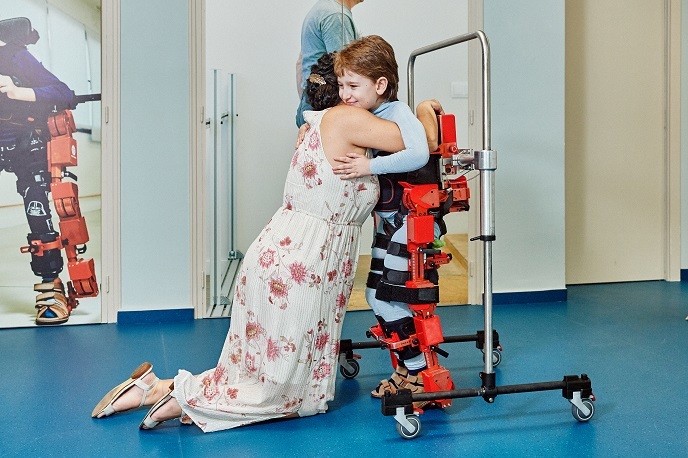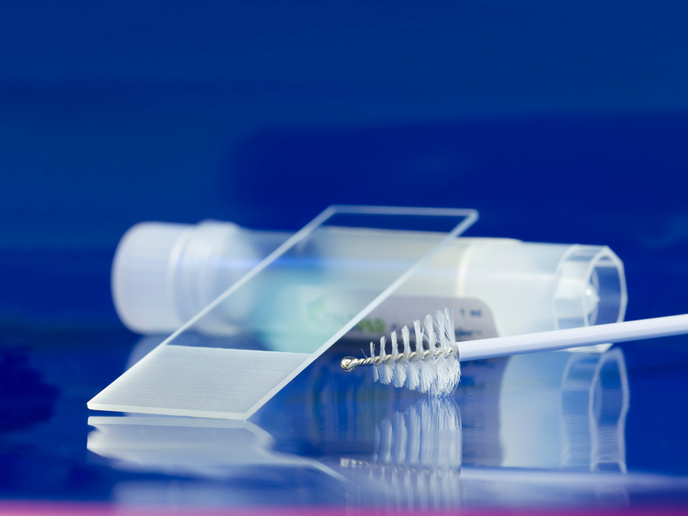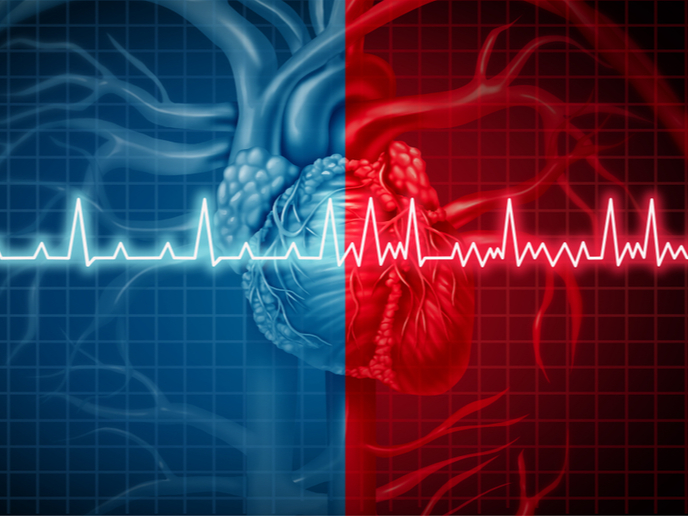Wearable robots provide extra muscle for children
Progressive muscle weakness due to neurological or neuromuscular disorders causes patients to lose their autonomy with obvious psychosocial implications. Conventionally, rehabilitation sessions are used to maintain a given physical health but are not enough to restore muscle function. As such, there is an imminent need for a device that can be used by patients suffering from neuromuscular disorders in everyday activities to enable them to walk effortlessly.
A modular gait exoskeleton
The EU-funded MARSI project has developed the first paediatric exoskeleton for patients suffering from neuromuscular disorders. The ATLAS 2030 is the first wearable paediatric gait exoskeleton to enter the European market. “It is a robotic device that can be worn by children who are unable to walk and improves their mobility and quality of life,” explains project coordinator and CEO of Marsi Bionics, Elena Garcia. The exoskeleton embraces the child's body from trunk to feet, and its artificial muscles operate in parallel to the user's muscles, to complement lost strength. It uses hundreds of sensorial receptors and AI to understand the movement intention of kids who in essence command the device to move. The patented ARES technology makes the exoskeleton adaptive to the musculoskeletal complexity of neurological diseases (modular and compliant). ATLAS 2030 can also be employed by therapists as a rehabilitation tool and has already received CE marking as a medical device to be used in clinical settings. Young patients may receive therapy twice a week with the exoskeleton in the form of game playing that involves using the upper limbs, trunk and head. Clinical results so far in patients suffering from spinal muscular atrophy and cerebral palsy are impressive, demonstrating a clear improvement in muscle strength, muscle tone and spasticity reduction. In addition, it offers kids the autonomy they need in everyday life to eat by themselves and pay attention in school. Importantly, this impacts their psychological as well as physical state.
Exoskeleton advantages and prospects
“We have successfully addressed societal needs by bridging the gap with research,” notes Garcia. MARSI has provided a healthcare device superior to existing stationary or non-powered exoskeletons that do not provide spatial mobility. Given that neurological diseases account for 35 % of direct healthcare costs, the ATLAS 2030 constitutes a neurorehabilitation approach that is expected to delay spinal cord surgery and reduce hospitalisation costs. Overall, by prolonging ambulation it will improve the quality of life of millions of children worldwide and extend their life expectancy. “We are improving the medical exoskeleton technology and extending its application to new groups of patients, adults and the elderly,” adds Garcia. A first prototype of a completely novel concept of exoskeleton, STELO, has already been patented. It constitutes a fully reconfigurable device that adapts to any patient and disease. Garcia and partners have applied for an EIC Accelerator grant to advance its arrival on the market.
Keywords
MARSI, mobility, robotic, neuromuscular disorders, gait exoskeleton, rehabilitation







